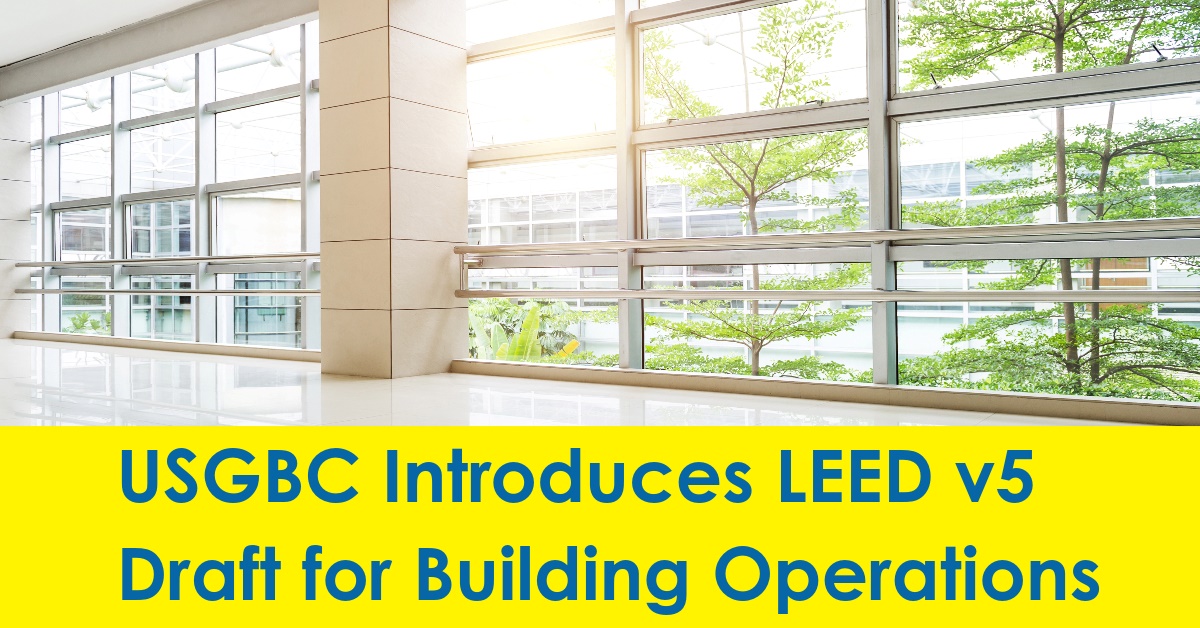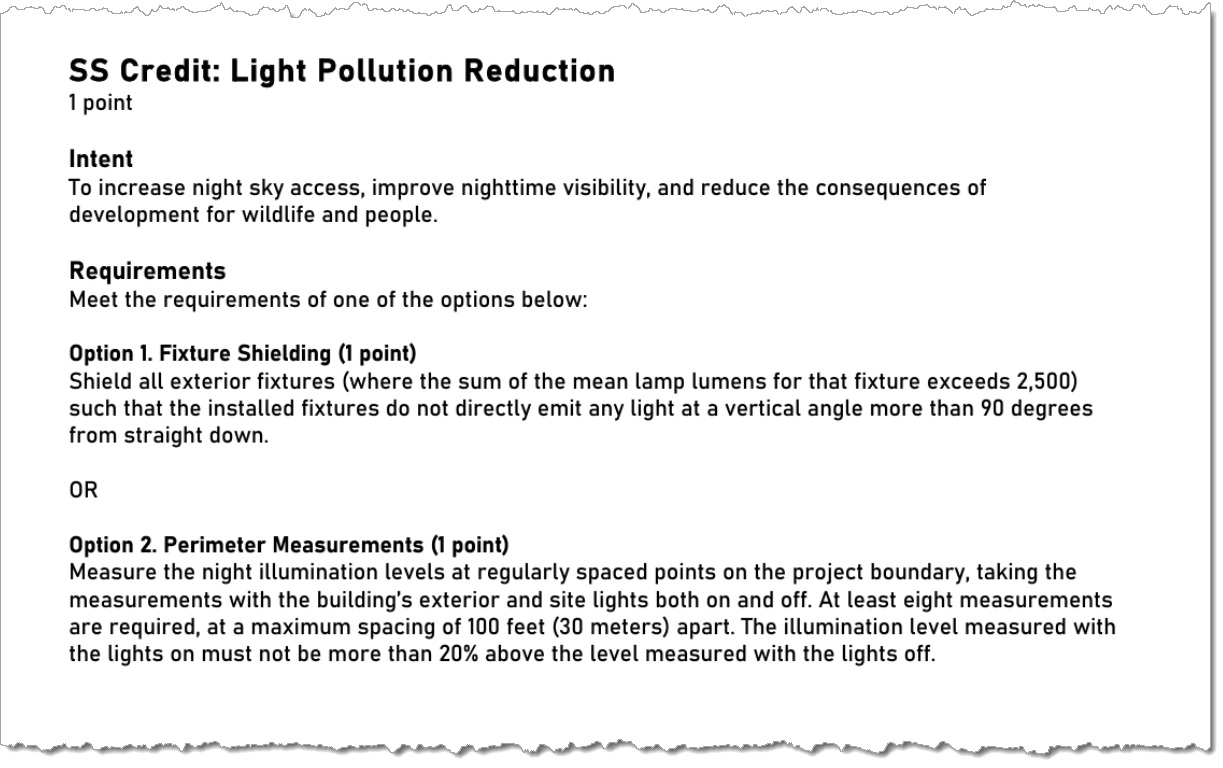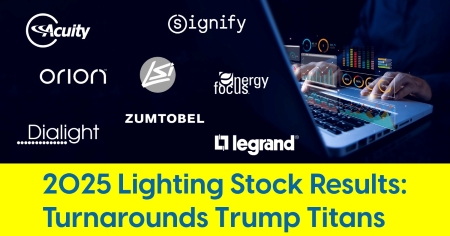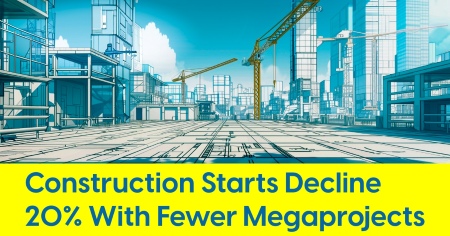October 2, 2023
USGBC Introduces LEED v5 Draft for Building Operations

Rating system addresses light pollution, equity, health, ecosystems and resilience
The U.S. Green Building Council (USGBC) has introduced a draft of its LEED v5 for Operations and Maintenance (O+M) rating system for existing buildings. LEED v5 is the newest version of LEED. It marks a milestone in the built environment’s alignment with a low-carbon future and addresses critical imperatives such as equity, health, ecosystems and resilience.
The LEED rating system is the world’s preeminent green building certification system, with more than 100,000 projects certified globally. While the launch of LEED v5 begins with existing buildings, LEED v5 for Building Design and Construction (BD+C) will roll out in 2024.
In conjunction with the release of the LEED v5 O+M draft and on the Greenbuild International Conference and Expo stage last week, White House National Climate Advisor Ali Zaidi announced a plan to create a new national definition of zero-emissions building. LEED v5 will align with this definition, including requirements for LEED Zero Carbon and Platinum-level projects that specify low to no operational GHG emissions, to help the industry coalesce impactful strategies.
What’s new in LEED v5:
Carbon
-
LEED v5 addresses all significant sources of carbon emissions in buildings.
-
LEED v5 provides clear steps for delivering buildings with ultra-low greenhouse gas emissions.
-
LEED v5 rewards existing buildings for leadership and planning to hit future decarbonization targets for buildings with ultra-low carbon emissions.
-
LEED v5 will enhance the carbon literacy of the industry and incentivize existing buildings to work toward ultra-low-carbon and zero-emission plans.
Health
-
LEED v5 includes a credit for continual assessment and verification of measurable indoor air quality, including indicators for infection risk management.
-
LEED v5 focuses on equity within cleaning operations and protections for cleaning personnel.
Resilience
-
LEED v5 recognizes that adaptation is critical and rewards operational preparedness for extreme events.
-
LEED v5 allows projects to understand who is in the building and to meet occupant needs with a health-centric approach, including identifying health resilience goals.
Equity:
-
LEED v5 asks teams to understand and address the social impact of a project.
-
LEED v5 promotes equity, access and economic empowerment through on-site renewable energy projects, ownership transfer and energy rights for underserved and front-line communities.
Above: Excerpt from LEED v5 draft
The move aims to empower and engage the market toward zero-emission buildings and will be referenced in federal programs and state and local policies. USGBC and other organizations in the green building space will align around this national definition to send a clear market signal. The White House is kicking off stakeholder engagement meetings today at Greenbuild.
LEED v5 will also work to adopt minimum requirements on embodied carbon, moving closer to net zero buildings. USGBC is leading the conversation on embodied carbon with the Embodied Carbon Harmonization and Optimization (ECHO) Project, a coalition of industry groups working to standardize reporting of embodied carbon emissions.
"Achieving the goals outlined in the Paris Climate Agreement and fulfilling the corresponding pledges made by organizations and governments demands bold, large-scale initiatives,” said Peter Templeton, president and CEO, USGBC and GBCI. “The launch of LEED v5 underscores our unwavering commitment to our mission of fostering sustainable building practices that embrace principles of equity, health, biodiversity and resilience. Requirements within LEED v5, coupled with the federal government's efforts to establish the new national definition of zero-emissions building, represent a pivotal moment in the built environment’s path toward decarbonization. This alignment will reduce market friction and enable stakeholders to work together toward a common goal. Collaboration between government and industry is imperative to confront today's challenges and shape a future that will benefit generations to come.”
Buildings are responsible for around 40% of global energy-related carbon emissions, with 28% stemming from operational emissions, which include energy needed to heat, cool and power them.
The LEED v5 O+M draft is designed to deliver an understandable, actionable and transformational rating system with a clear road map for progressive actions that facilitate LEED certification. The draft offers industry benchmarking and scoring to reward performance while maintaining a measured data-driven approach to certification. This will assist LEED users in anticipating and preparing for several years of building operations, encompassing legislative mandates, impending climate risks and expected industry trends.
As part of the launch, a beta version of the LEED v5 O+M rating system will open with a select group of project teams across a diverse range of projects. The projects will provide critical feedback that will play a crucial role in refining the language and functionality of the system. The beta phase will commence in the fourth quarter of 2023. Projects interested in participating in the beta will find an expression of interest form on USGBC's website, along with more information about LEED v5.











